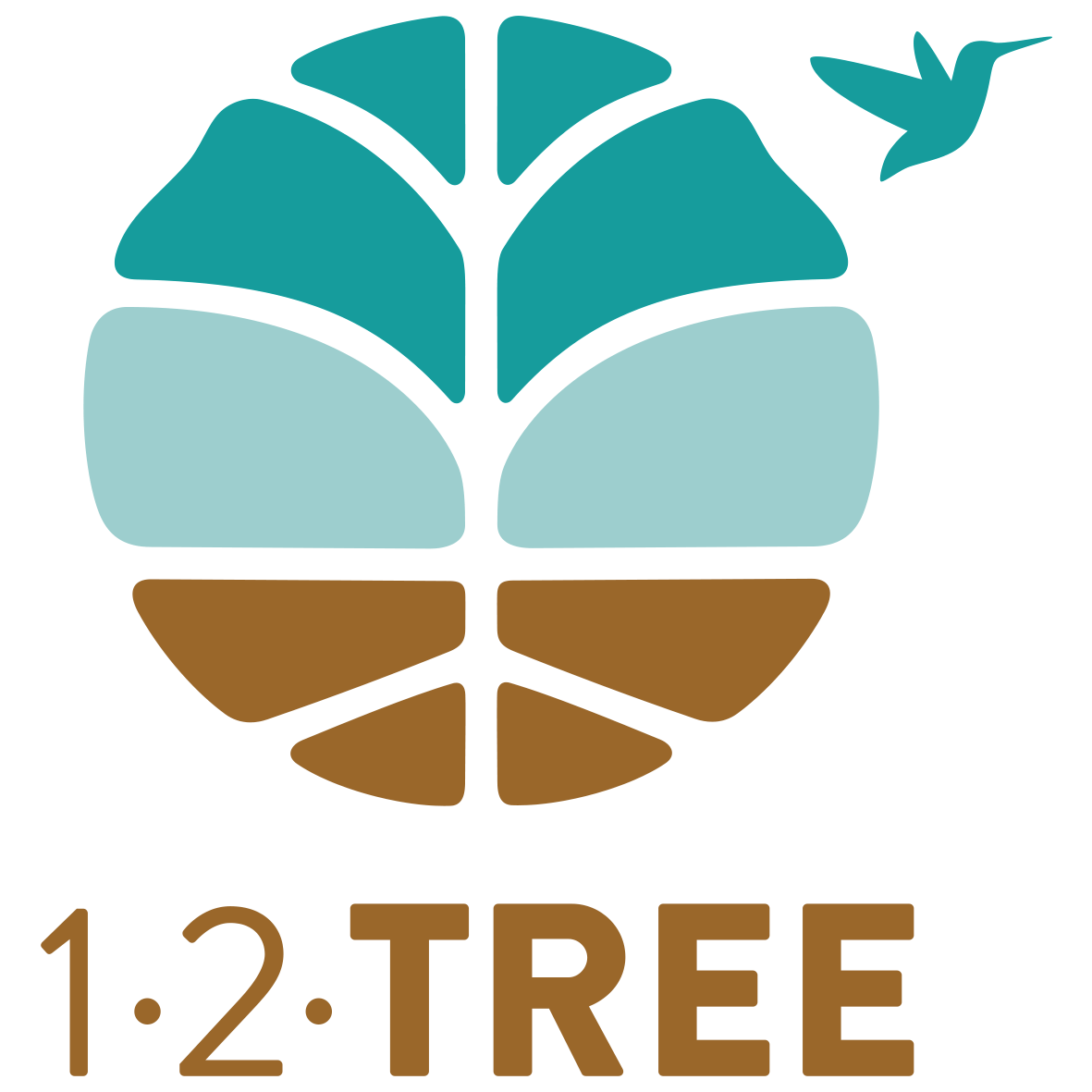As we know, cocoa trees are native to the tropical rain forest from Southern Mexico to South America. However, cocoa’s natural environment favors fungal diseases, which decrease the plant’s productivity. That’s why, farmers looked for drier climates to set up new cocoa plantations. These new climatic conditions brought new challenges: water availability, organic matter in soil, adequate nutrition programs, etc.
For most South American producers, the solution was clear: establish monoculture cocoa plantations in dry climates with irrigation systems that supply the water demand and compensate the evapo-transpiration rates in such conditions. However, with climate change, these dry zone plantations may have less water available over time. As rainfall decreases and temperature increases, deeper wells and bigger water reservoirs will be needed. These factors combined with a volatile market has made agriculture-oriented companies, such as 12Tree, to take a look at agroforestry with new eyes.
Cacao planted in association with rubber and Brachiaria ruziziensis as cover crop in Chimelb Farm
Contrary to the old days with small holders that used different levels of canopies and crops in an agroforestry system, current agroforestry in cocoa provides moderate shade, while maintaining the environmental services of a traditional agroforestry plantation, like protection to the younger plants from radiation and extreme heat, reduced evapo-transpiration rate, increase organic matter in the soil over time, and so on. By reducing evapo-transpiration (evaporation from the soil and transpiration from the plants stomatas), the amount of water required by the main crop reduces significantly. A cocoa plantation in a full exposure system, for example, will require a higher water lamina than an agroforestry plantation, just because of the reduction in evapo-transpiration. Lower water requirements mean smaller investment in pumps, wells and reservoirs, and less energy consumption because of shorter irrigation turns. In other words, lower operation costs.
Species like the Alouatta palliata, present in the Cuango Farm, could use the farm as a biological corridor between natural forests inside the farm
Soil cover is another example of a way to reduce evaporation from the soil and recycle nutrients. Such is the case of 12Tree’s “Chimelb” Farm, where Brachiaria ruziziensisis used as a soil cover in association with cacao.
Using leguminous plants as primary shade, can also result in a decrease in the amount of nutrients that must be provided to the plantation, as leguminous help fixing nitrogen in the soil. The presence of shade decreases the amount of weed in the plantation, decreasing the cost of weeding in the operation, which ensures the fertilization is more effective as there is less competition between the actual crop and weed for nutrients. An example is the use of pigeon peas as preliminary shade in a 548ha plantation in the Caribbean in Panama. Pigeon peas are consumed traditionally in the country, so a market is guaranteed, and the cocoa is developing better than with other types of shade. In 12Tree’s “Cuango” Farm, we are using pigeon peas as primary shade to help fix nitrogen and Gliricidia sepium (madre cacao) as a mid-term nitrogen fixing shade plant.
Use of plantain of the Musaceae family as primary shade in Cuango Farm
By using profitable shade crops, the same plot of land can be used to produced two or more different crops that are linked to different markets which increase the economic resilience of a project.
Using Musaceae in the earlier stages of a cocoa plantation, for example, brings a positive impact to a project’s returns. Bananas and plantains usually are consumed internally in the cocoa producing countries, this means there is a local market for the crops and an earlier return to the plantation. Musaceae also attract Forcipomyia, a pollinator of cocoa. Having this pollinator in the plantation increases the pod production, thus increasing the returns.
Permanent profitable shade crops provide permanent additional revenues to the plantations over time. As is the case of the “Ambrosia” Farm, where cacao is combined with coconut.
Agroforestry systems are known to increase a plantation’s environmental resilience, but they can also increase the economic resilience. To convince investors and producers about the importance of agroforestry, it becomes necessary to combine both environmental and economic benefits of properly designed and managed agroforestry systems.
Young plantlets growing under moderate profitable shade of coconut in Ambrosia Farm





